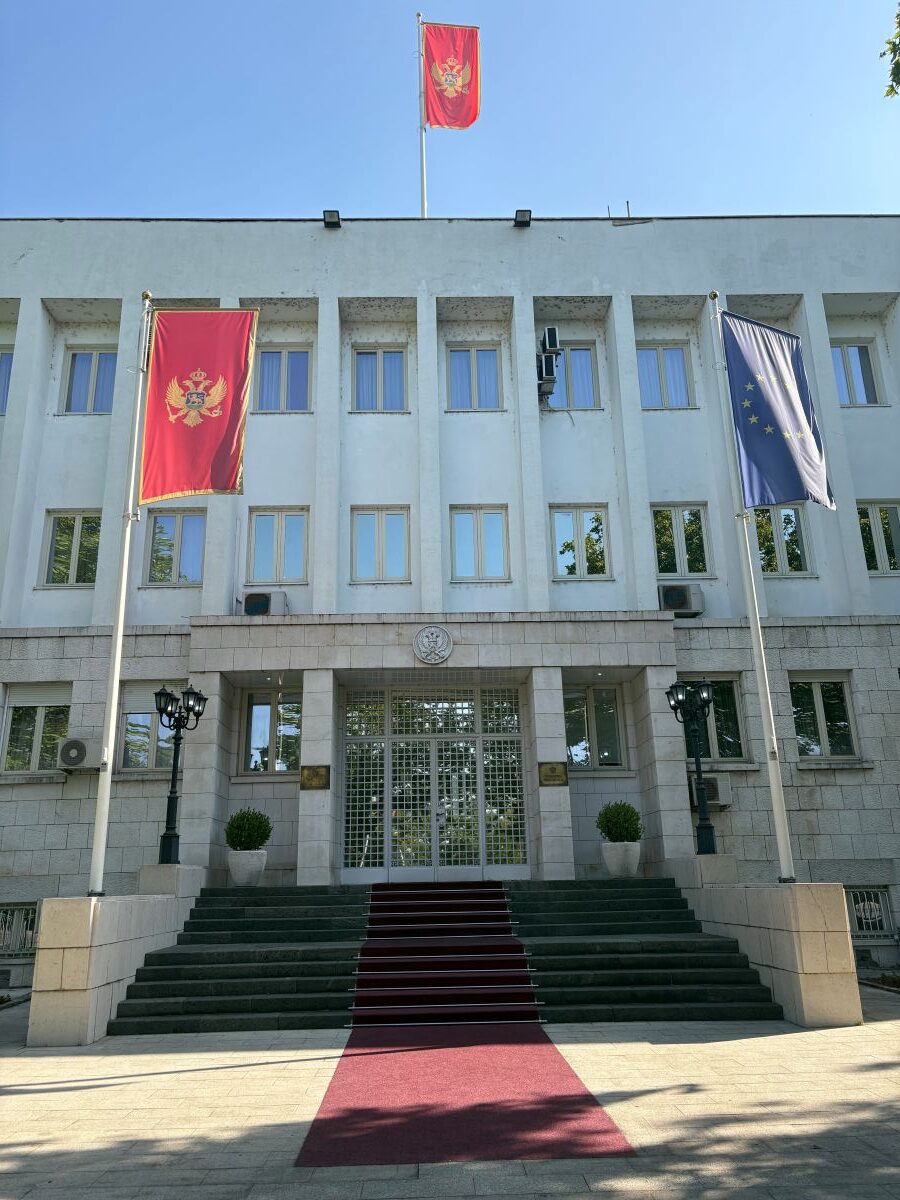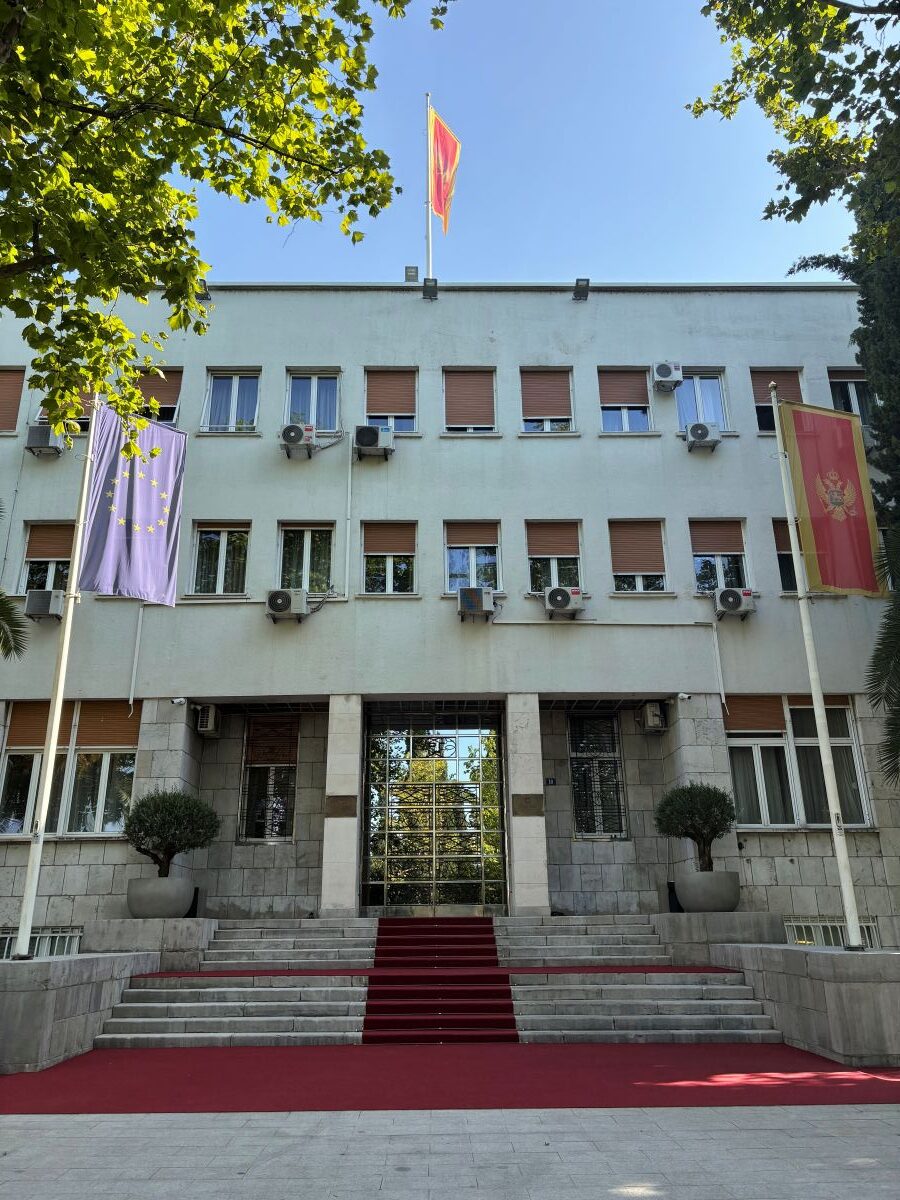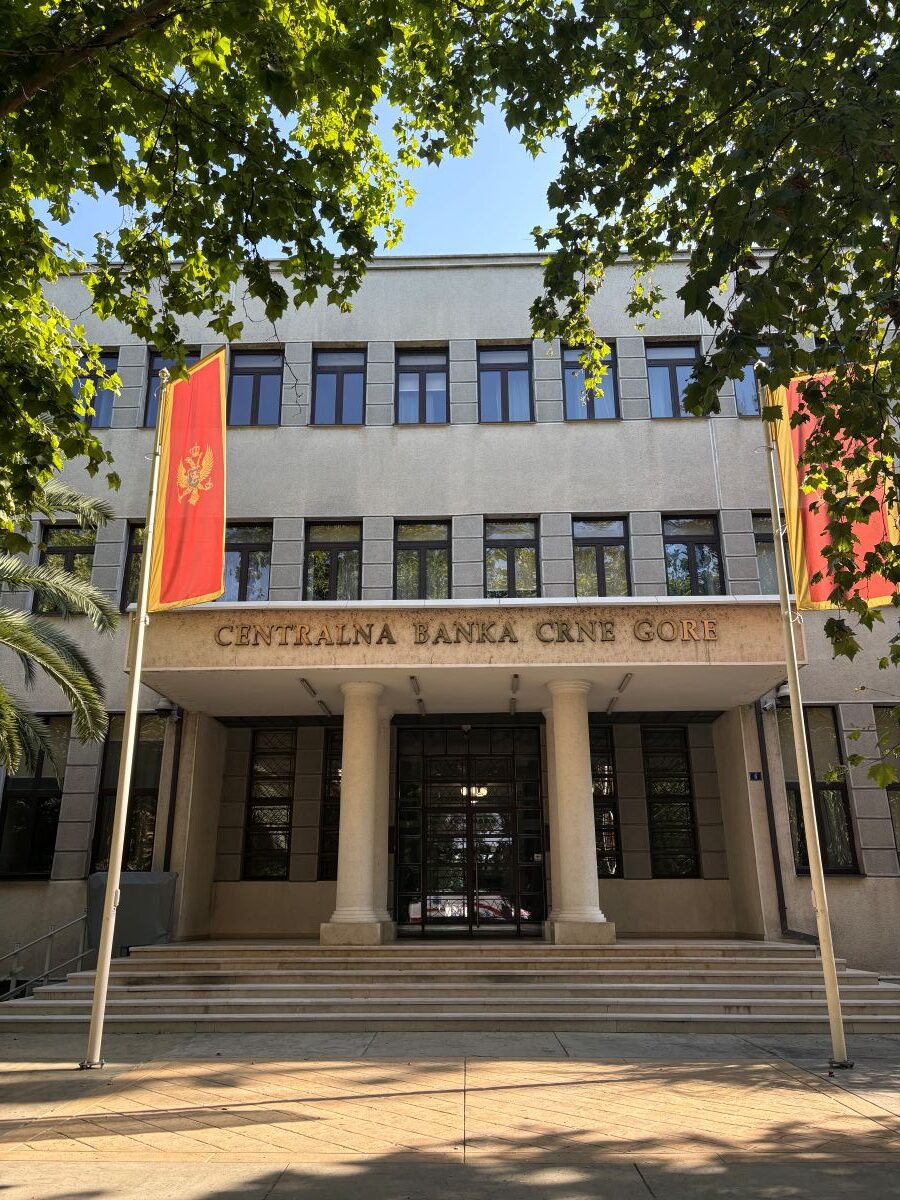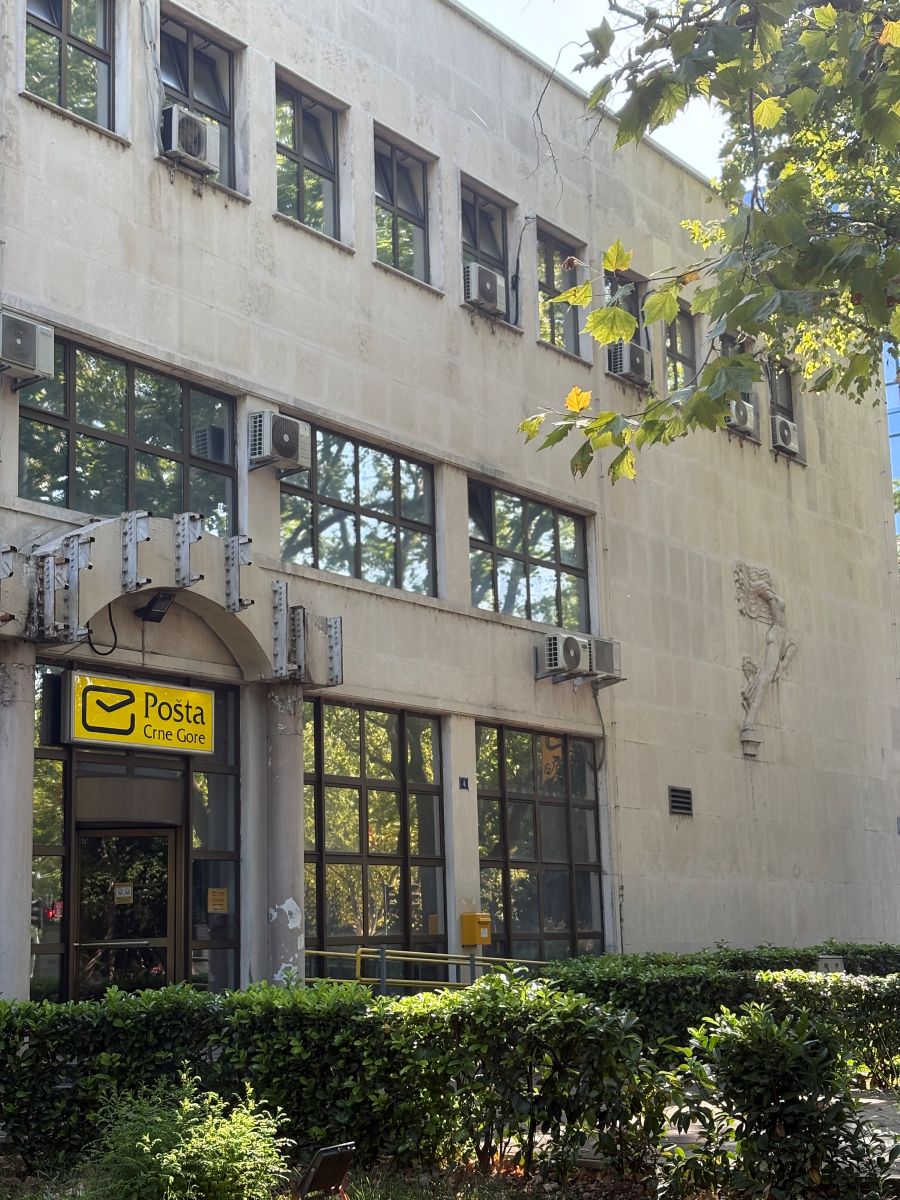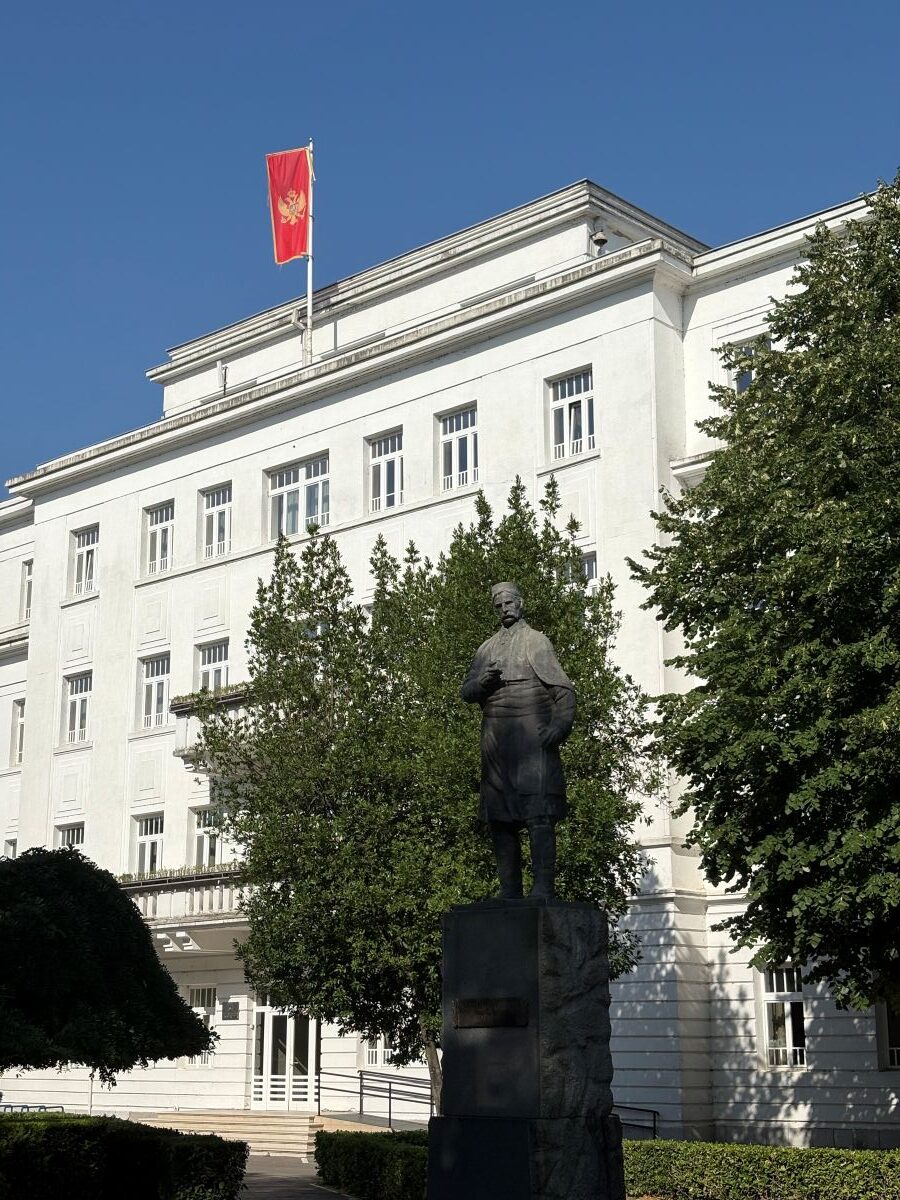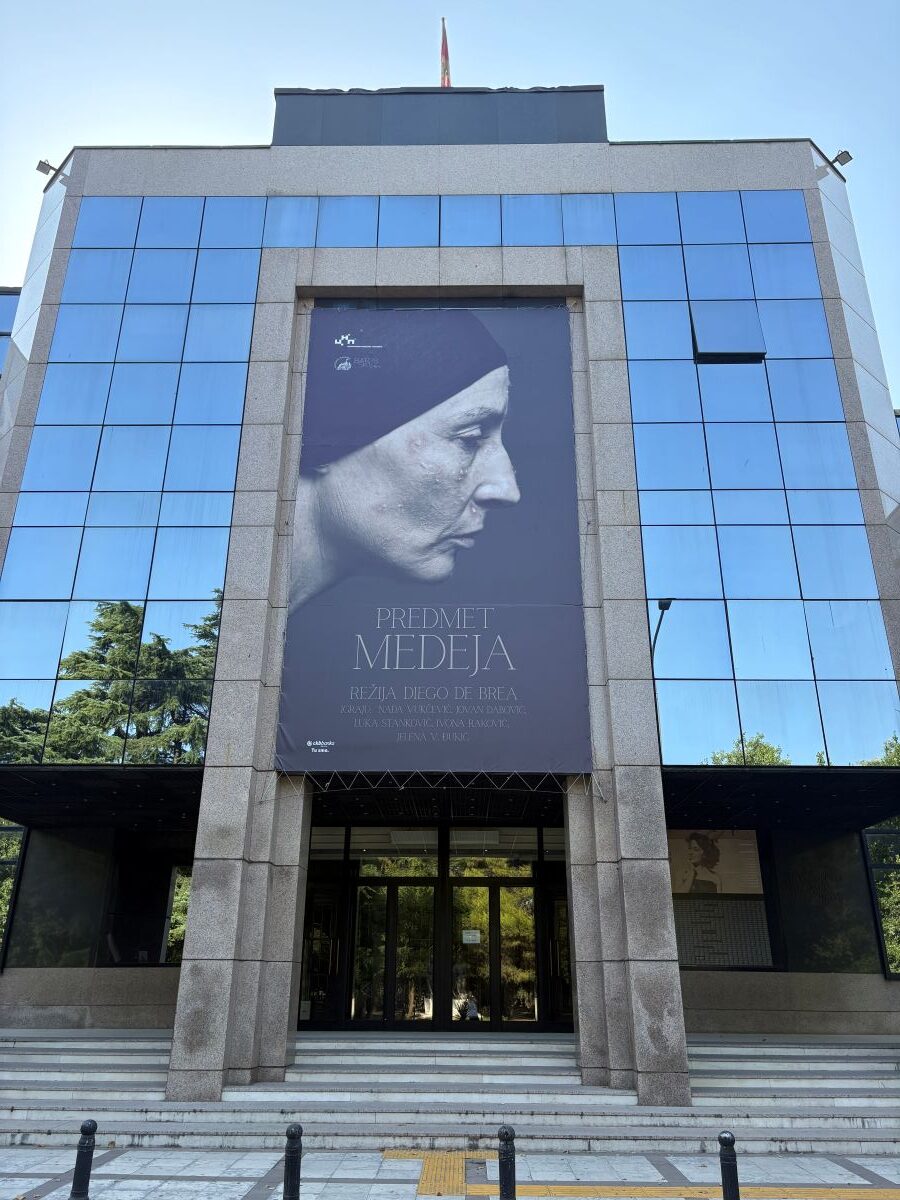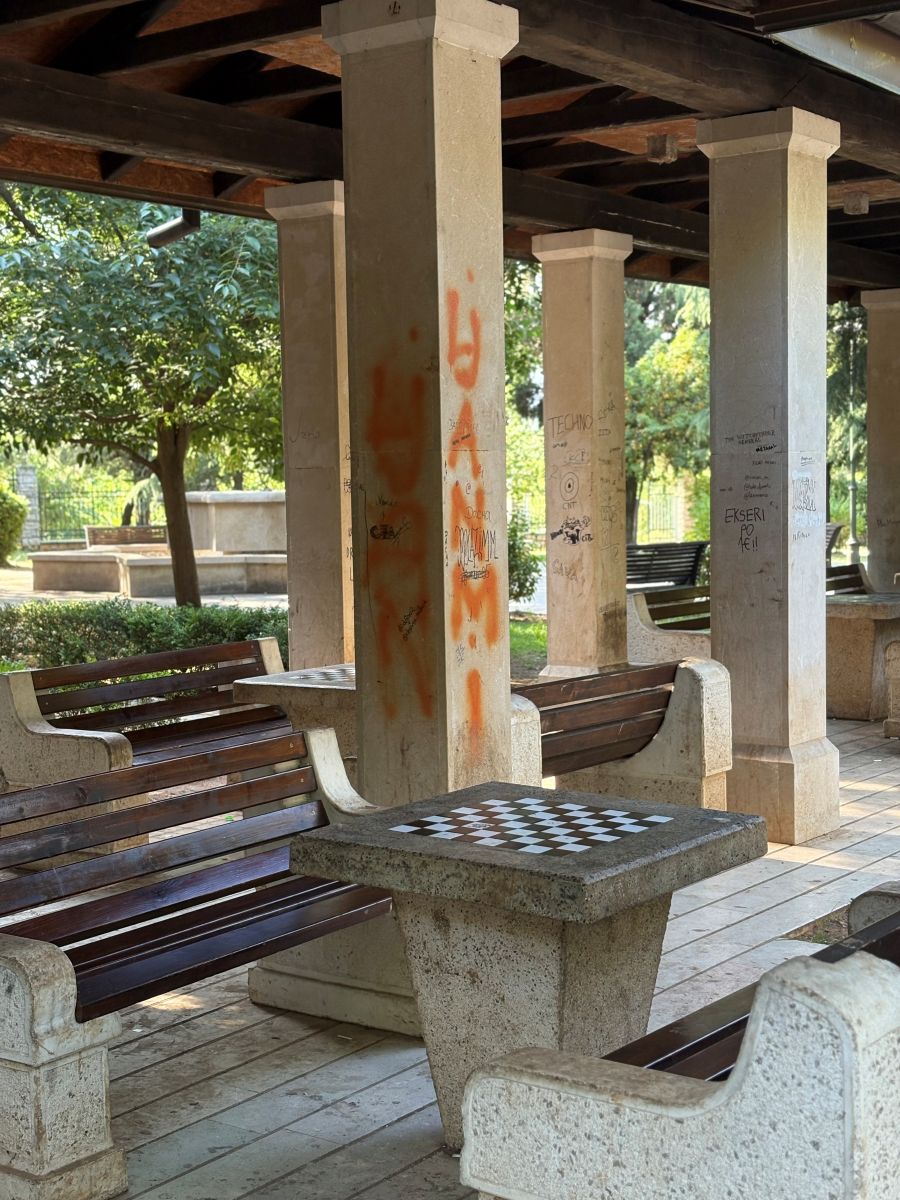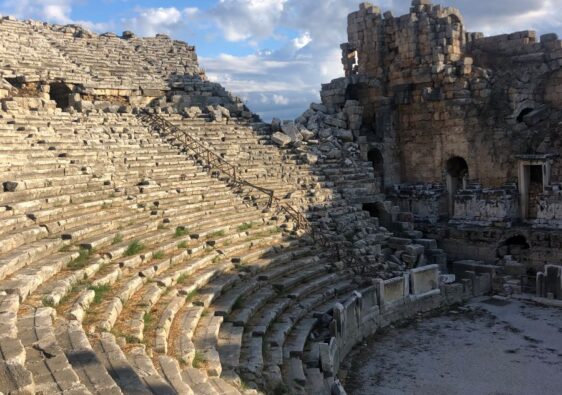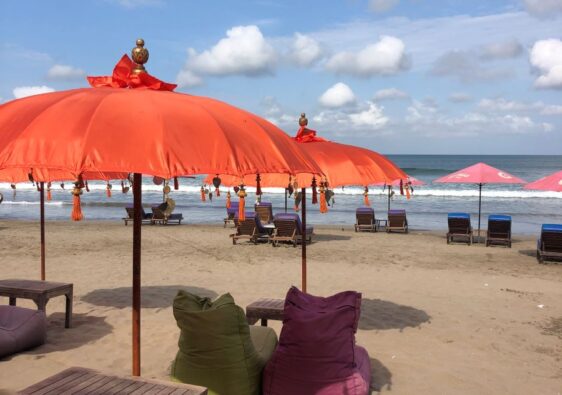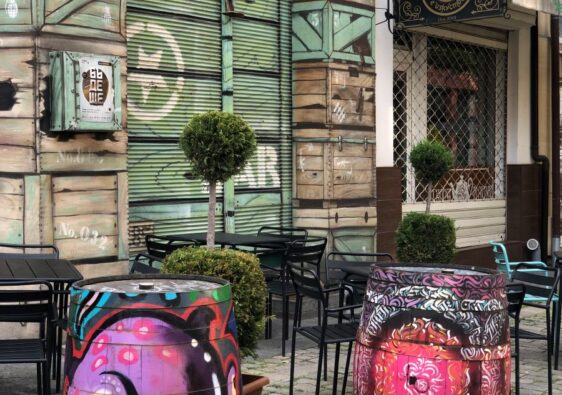I have been living here for over a month now, boots on the ground, walking around every day. I can’t actually answer the above question, simply because I haven’t been to all of the other European capitals. What I can do however, is show you exactly what is here. Is Podgorica Europe’s most boring capital city? I’ll let you decide.
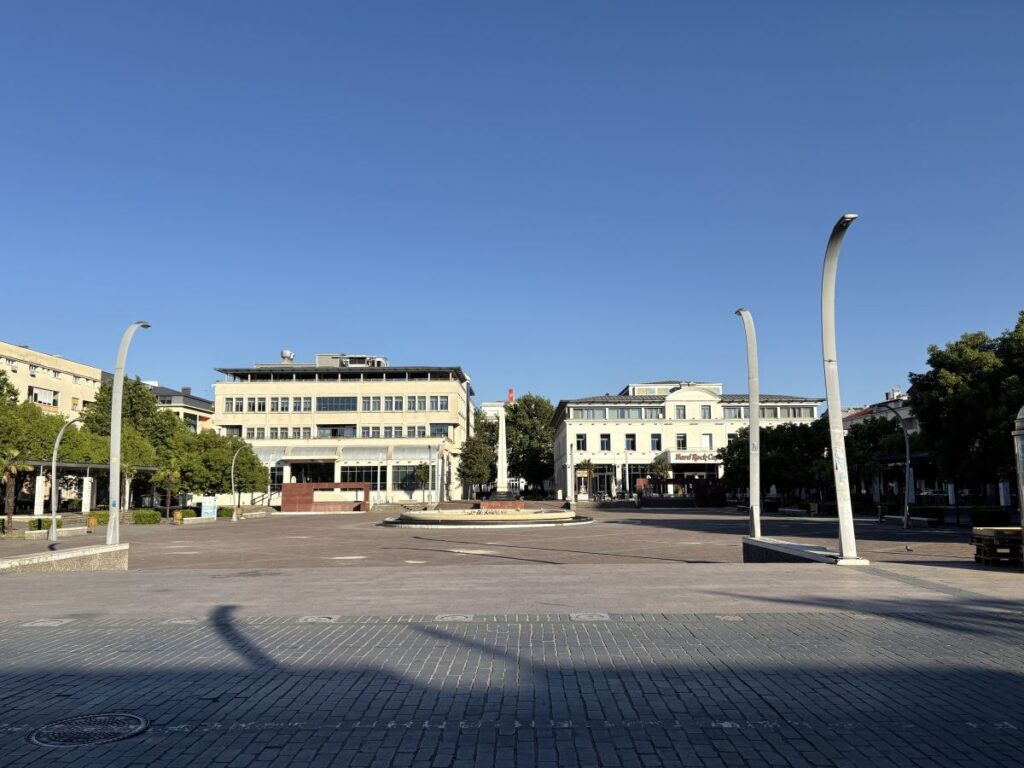
A Little Info to Start
Montenegro has only been an independent nation since 2006 when it separated from Bosnia. That’s less than 20 years! The capital city of Podgorica used to be called Titograd, when this nation was part of Yugoslavia. During WWII, the Germans invaded the city and occupied it. The Allies, mostly American, bombed the daylights out of Podgorica during this time. The result was that over 70% of the city was absolutely flattened.
The reason there is not much here, quite honestly, is because the vast majority was destroyed during that war. The city had to start anew, under the communist government of Yugoslavia. There are very few historical buildings left.
The City
For the sake of this post, I’ll divide it into three parts. There is Old Town, the area that the Ottoman’s occupied in the 14th to the 18th centuries. Downtown, a small core that contains Independence Square and the government buildings. And New Podgorica, a term that’s been around for a while. It describes the area on the other side of the Moraca River from Downtown.
Old Town
I wrote a post on Old Town and the few remaining sites to see. Its not much. There are three mosques, a clock tower, the stone bridge and the maze of narrow streets.
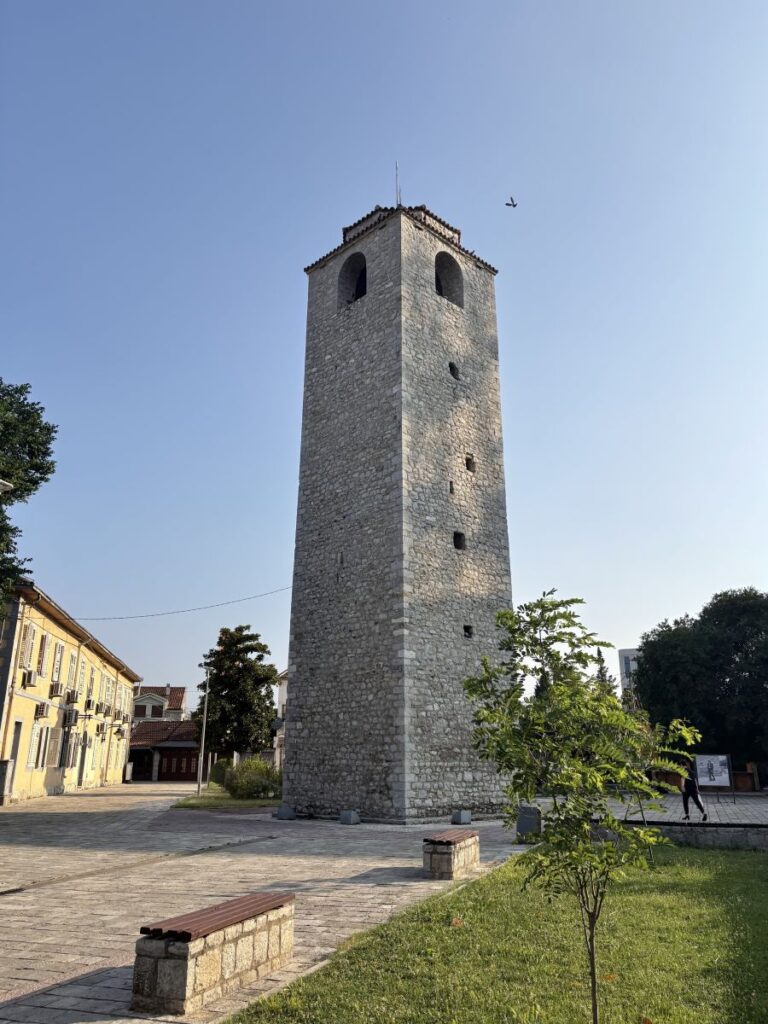
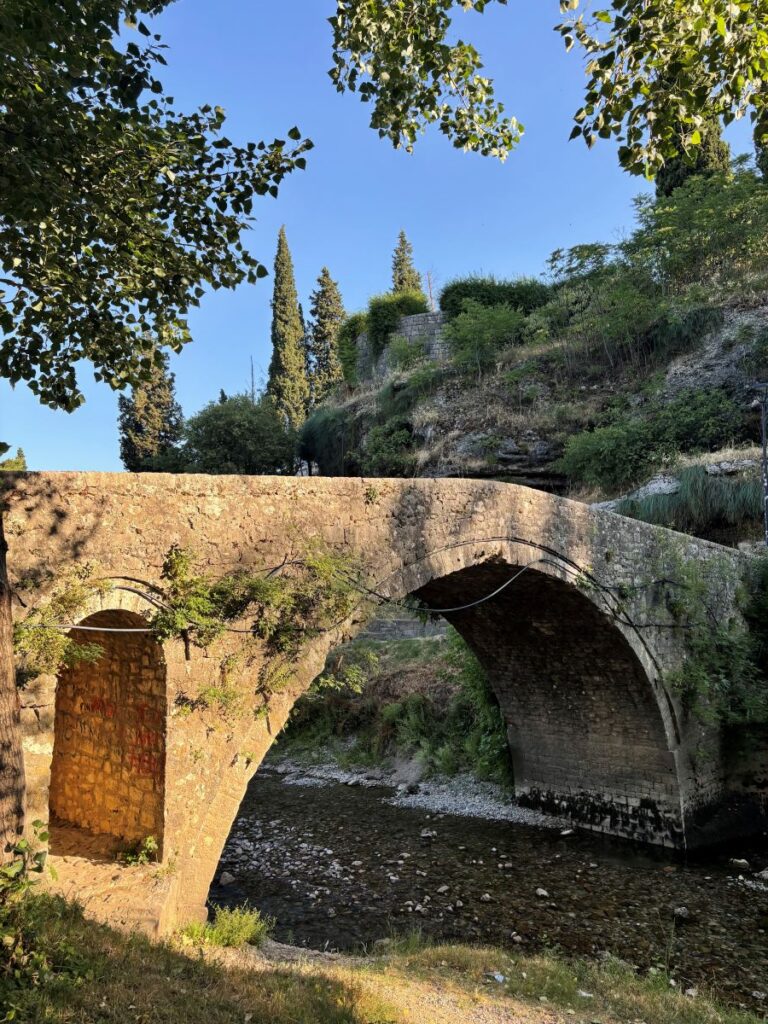
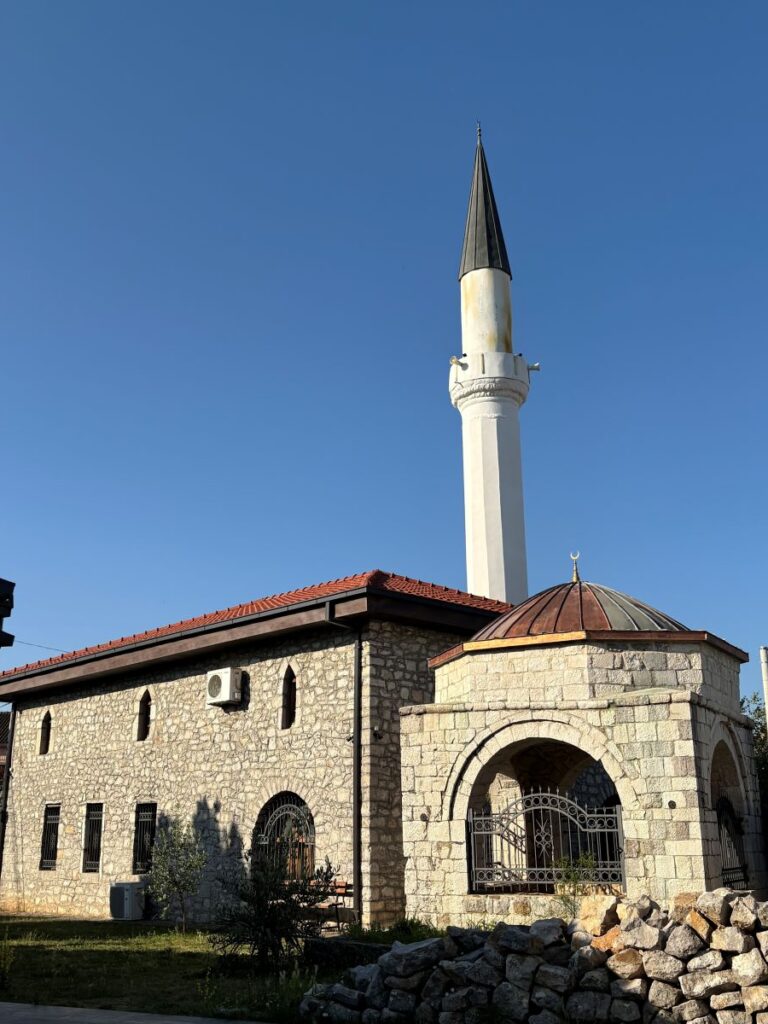
Most buildings were destroyed and not rebuilt. Besides the residents who still live in the area, there is an abandoned prison, the train & bus station and the Mall of Montenegro. Right beside the mall is the largest market in the city, a place that tourists will enjoy.
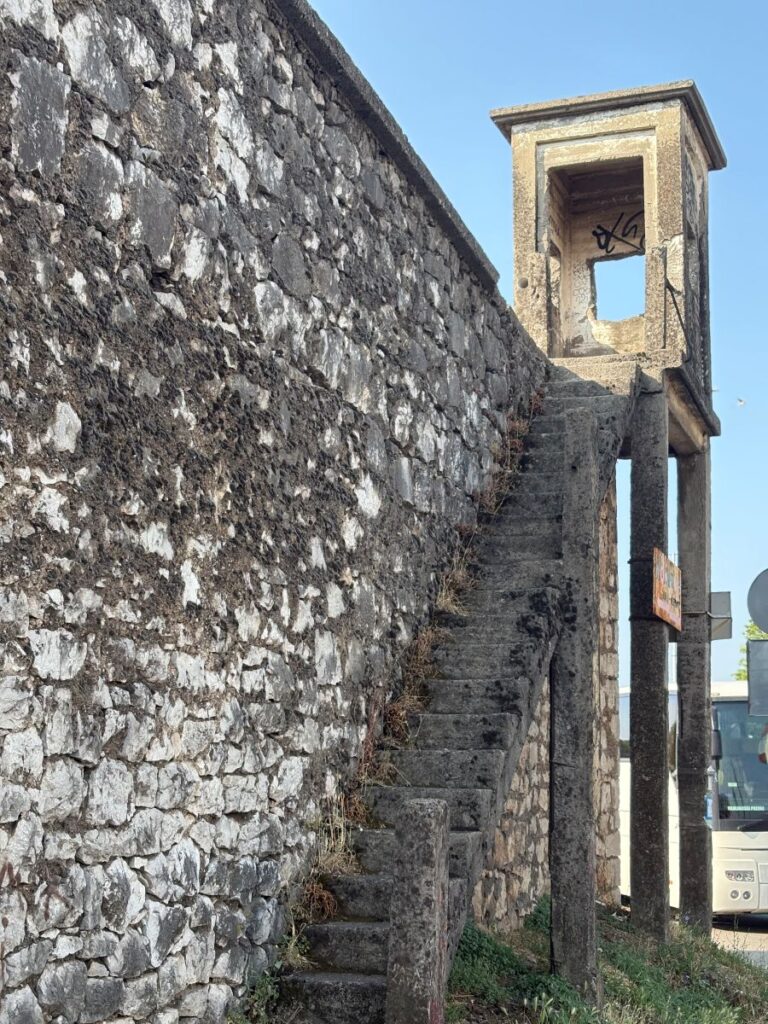
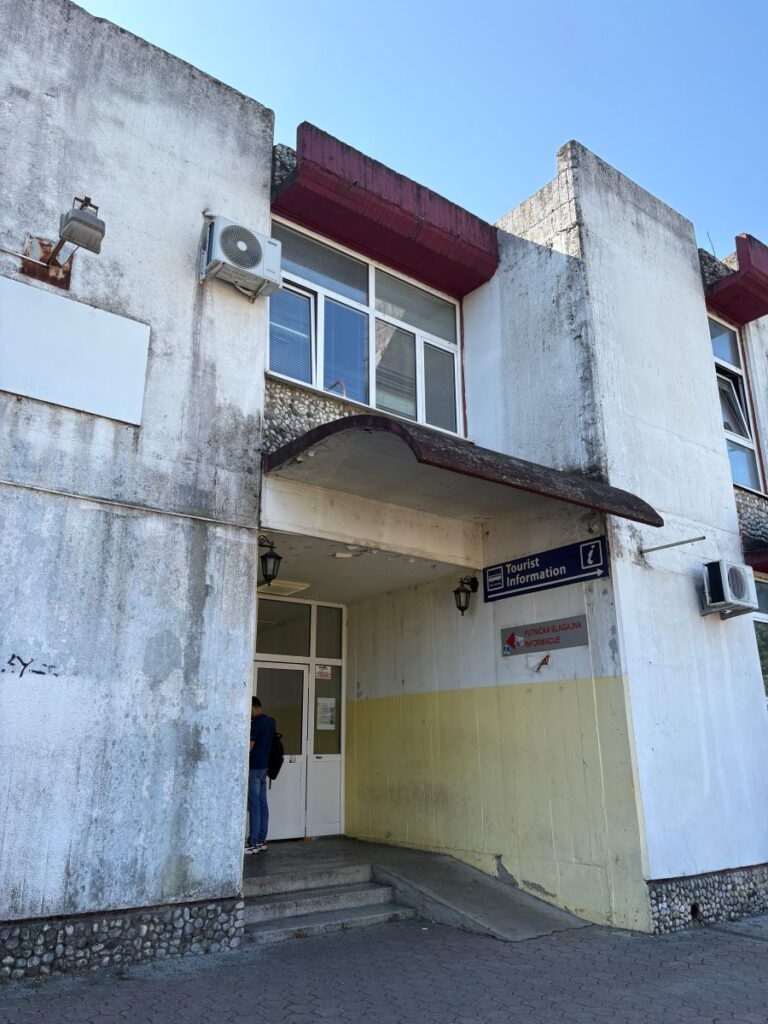
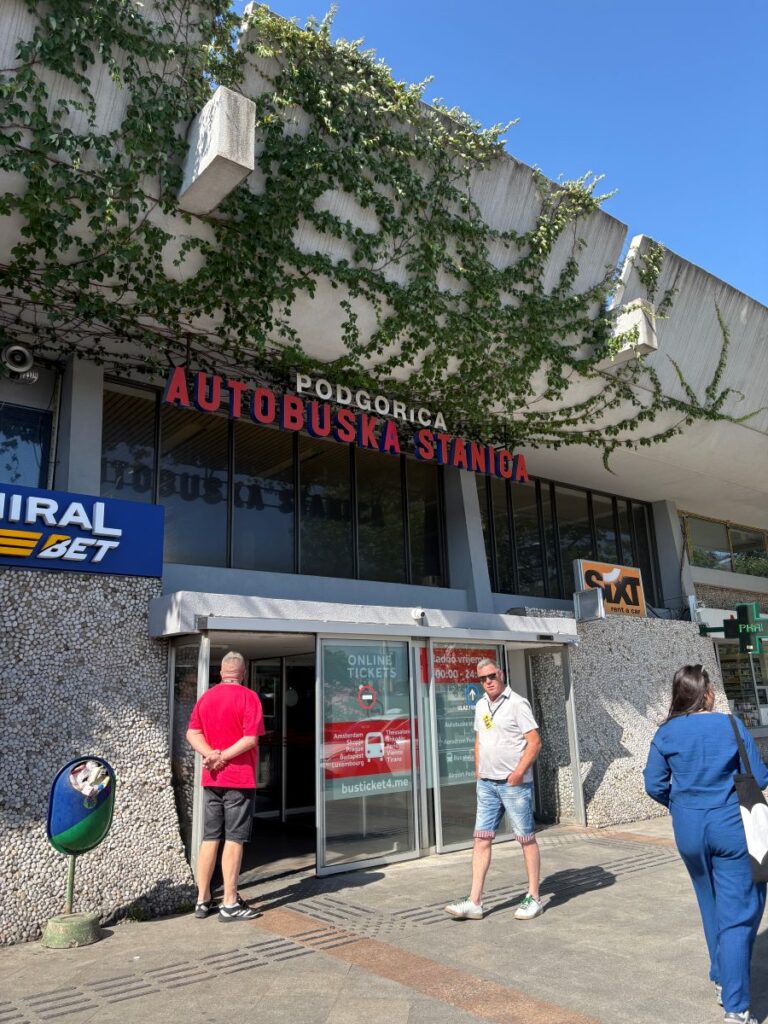
This Old Town, in stark contrast to every other one I have visited in Europe, is broken. There are no charming vistas, no cute café’s, it’s not a place that has been manipulated for tourists. Its raw, quiet and forlorn.
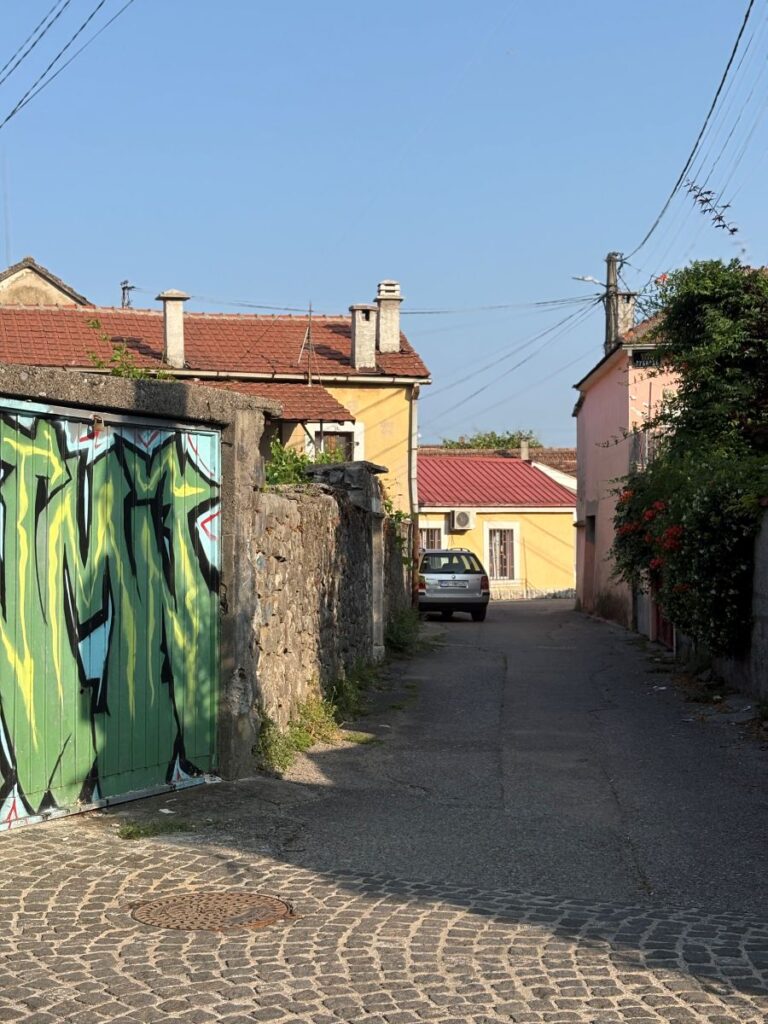
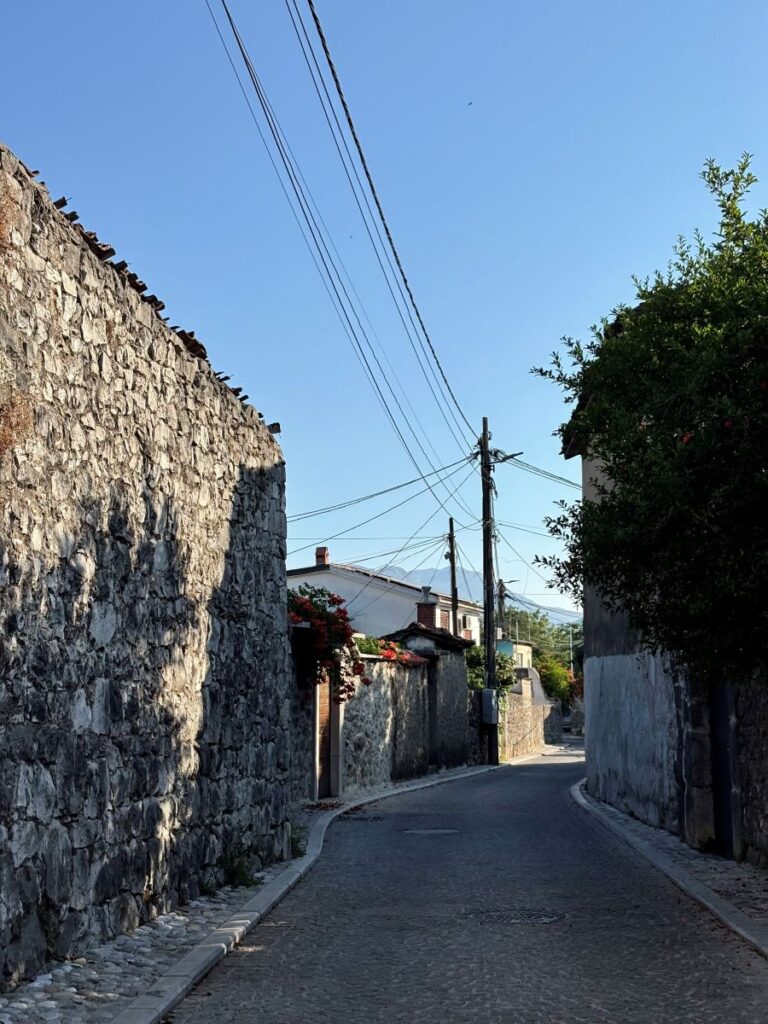
Downtown
At its centre is Independence Square. Not grand or large like in Tirana, but instead, a bland concrete space that is void of activity. I have never seen the fountain turned on. Towards the rear is a single monument, an obelisk.
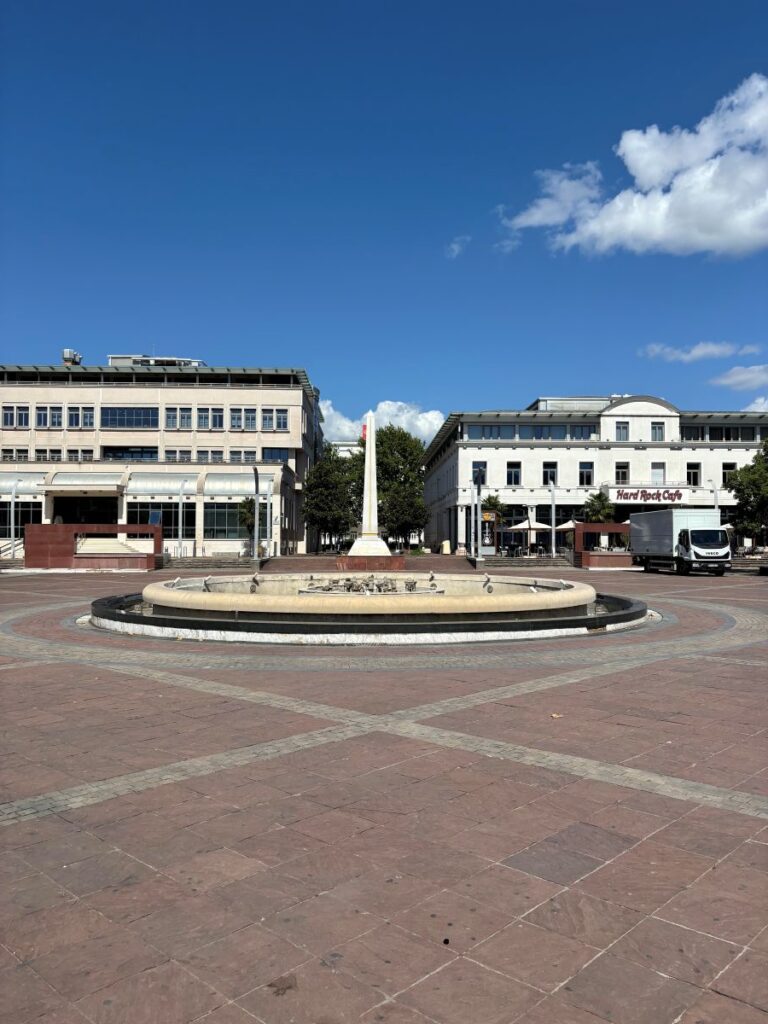
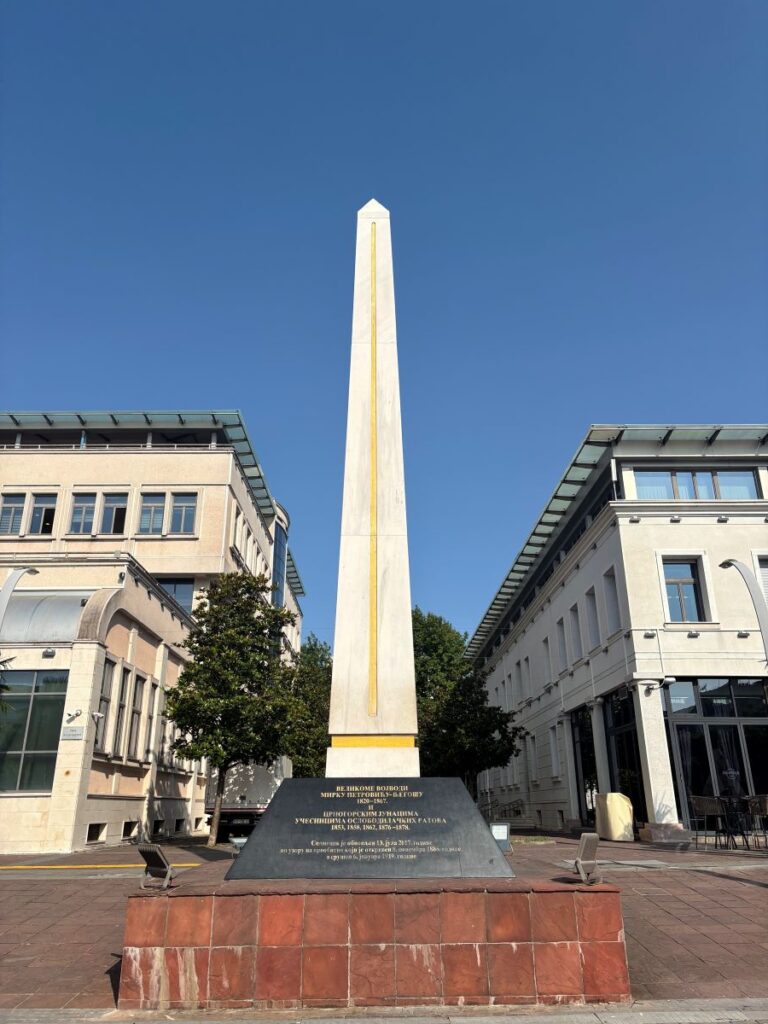
Opposite the square is an unappealing and large commercial building, and beside that a derelict one of equal size. This is not a vibrant part of the downtown.
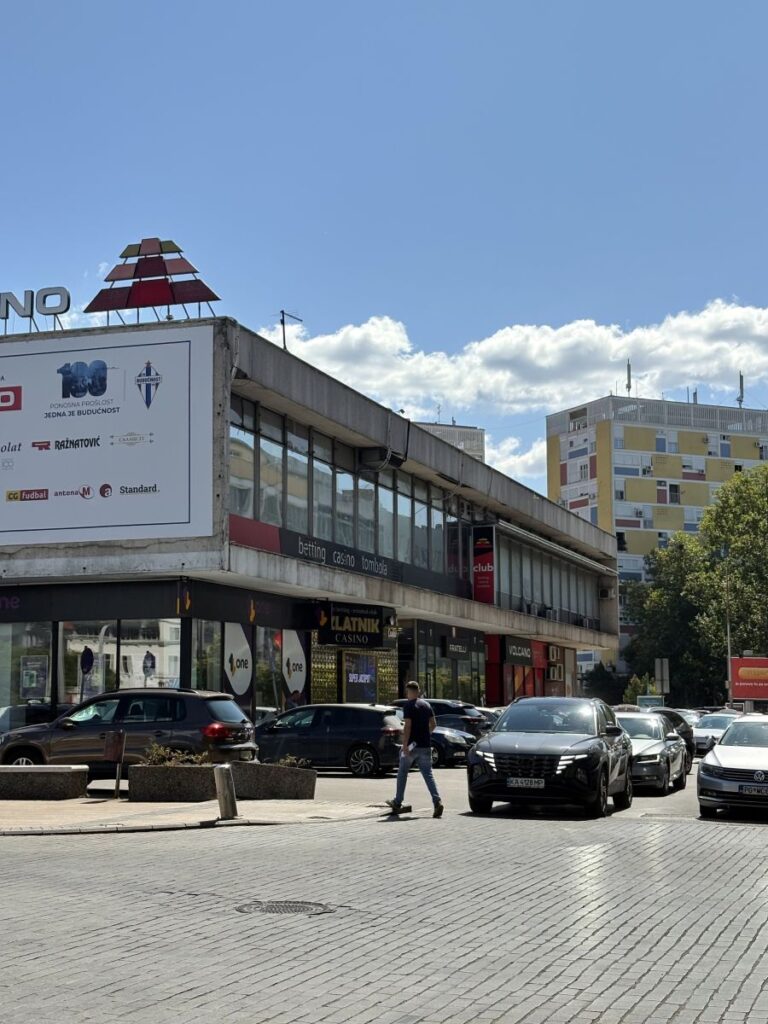
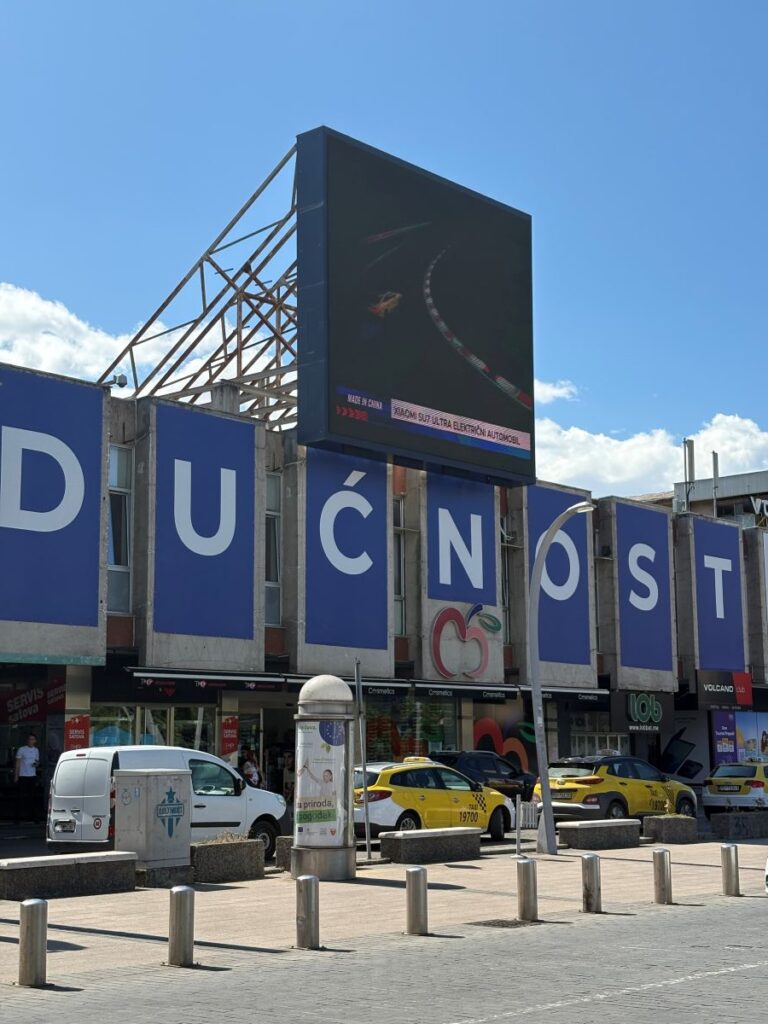
Walk a couple of streets over to the intersection of Njegoseva & Hercegovacka and you will be at the cross roads of a walking district. Two streets that have been pedestrianized and lined with shops and restaurants. Once again, I walk here, mid day on a Saturday and there is hardly a soul about. Empty and void.
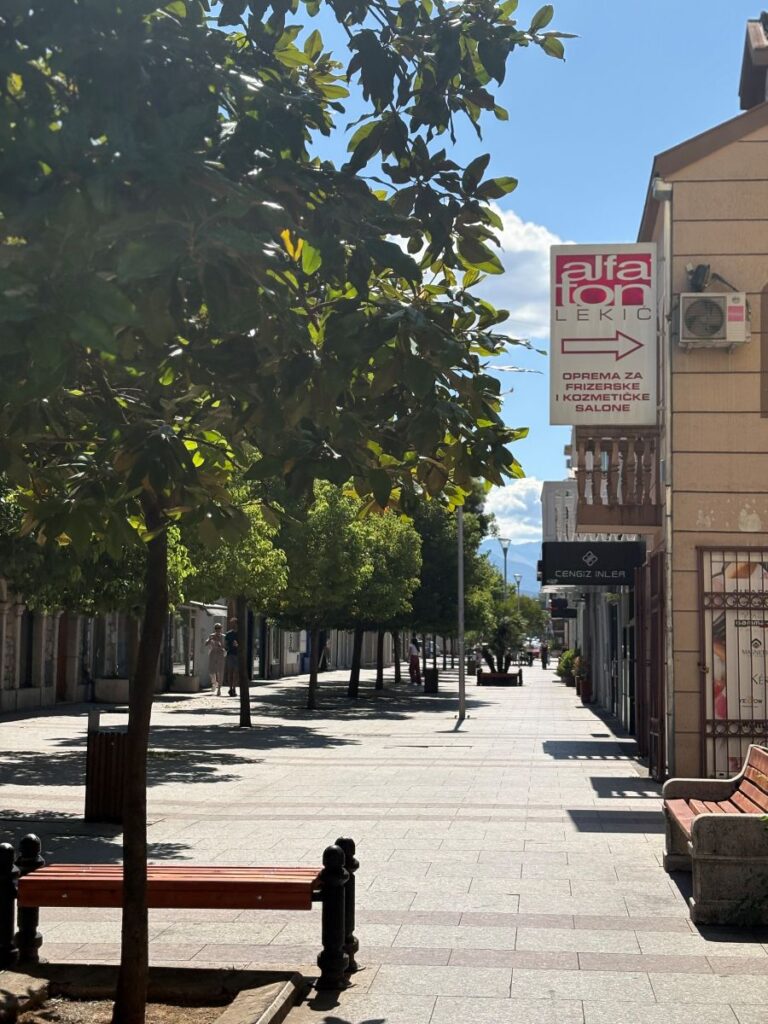
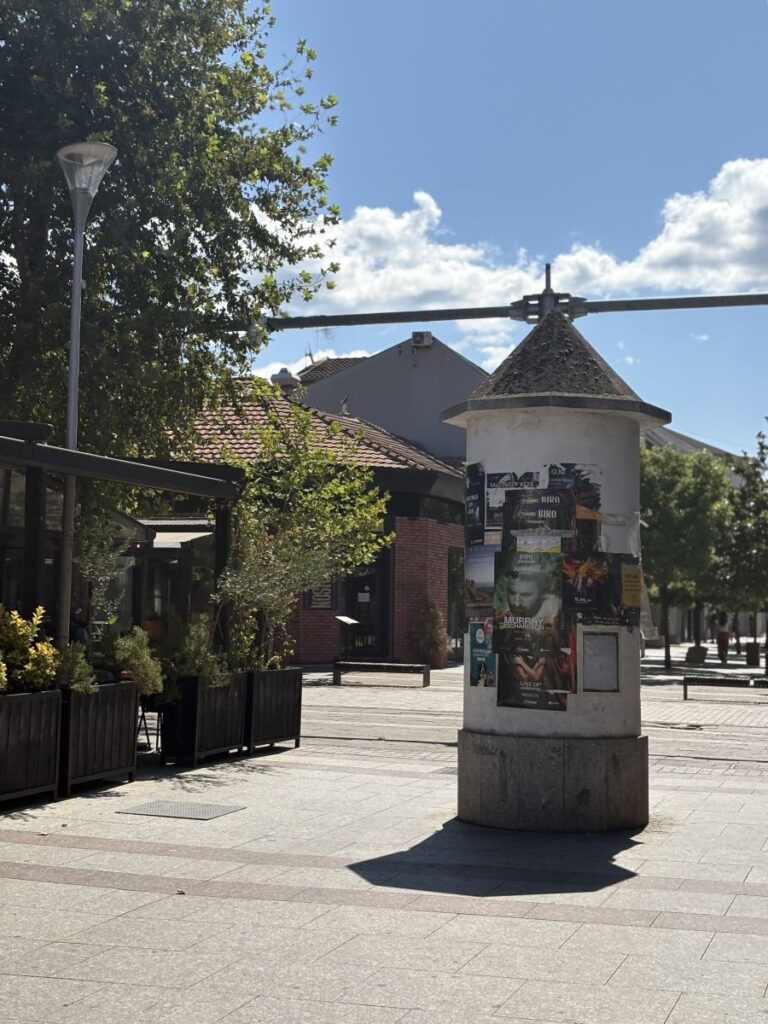
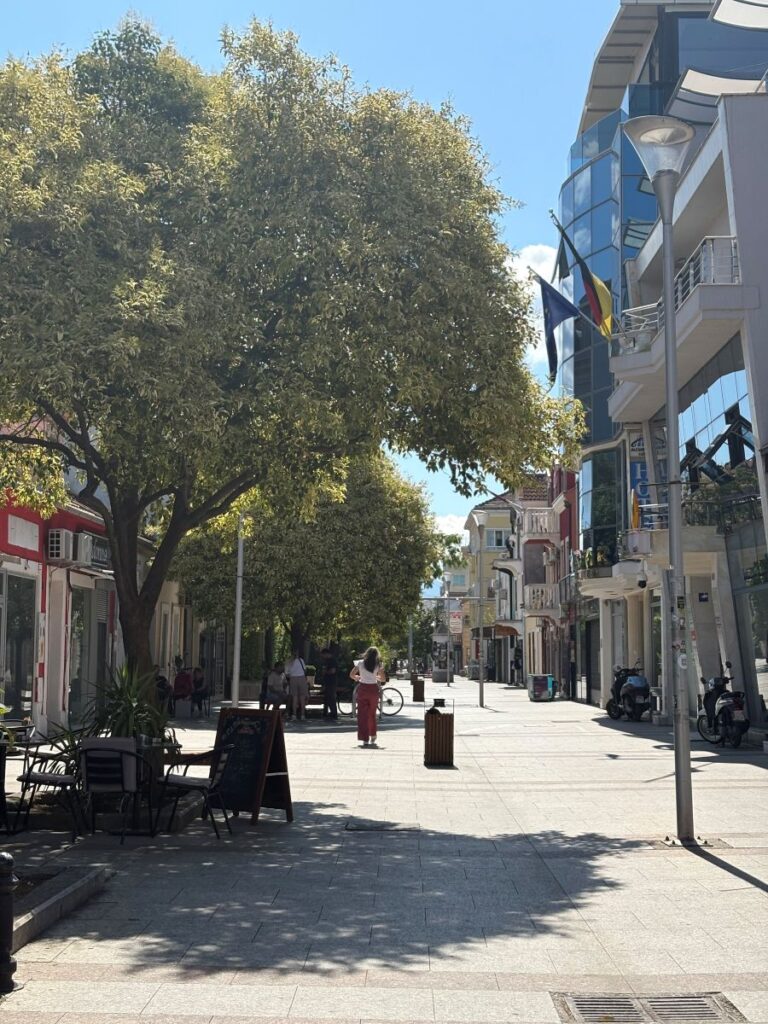
Government Buildings
On the main artery in downtown, opposite of Kings Park, are the government buildings. Let me show you a few of them, so you have an idea of what they look like. One after the other, are the President of Montenegro building, Parliament of Montenegro, the Central Bank and the Post Office. These all date from the Yugoslav era.
Behind this row is arguably the most attractive building in the area, the Mayors Office. And behind that the National Theatre. Kings Park occupies the space across the wide boulevard. It definitely has some age and is yet another place I haven’t seen a single soul in.
The Hilton Hotel is probably the newest of all the buildings downtown and is located on the same main artery as the parliament building. Beside it is a small park that is maintained to a higher degree than any other I have seen. The grass is watered regularly and the space even has a small rubberized walking path.
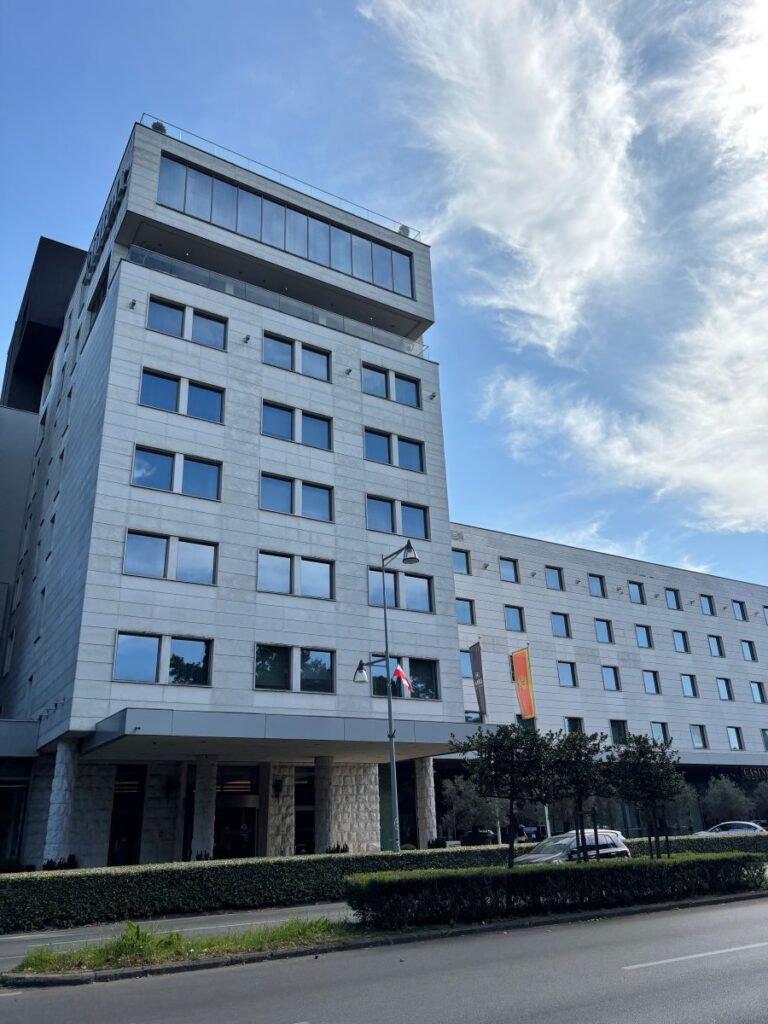
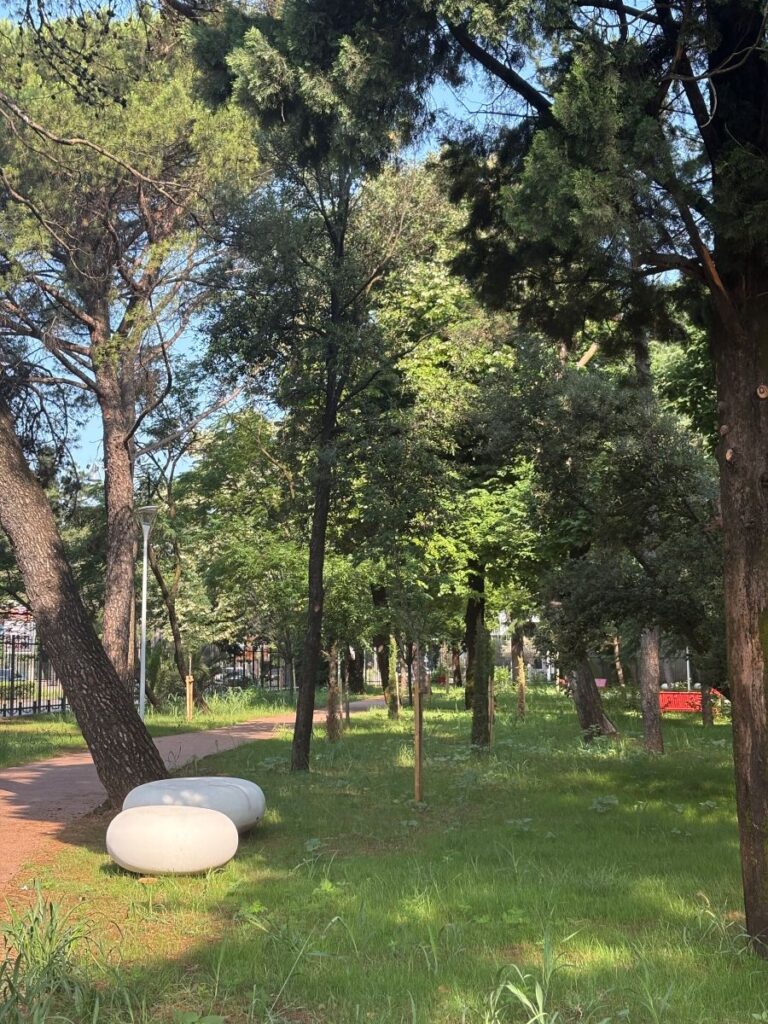
There are of course many other buildings downtown, most are utilitarian and none are high-rises. A prominent one is the National Museum and Gallery.
New Podgorica
Walk across any one of the bridges spanning the Moraca River and you will find yourself in New Podgorica. This term was coined by the Yugoslav government. The avenues and boulevards here are wide and well planned out. The buildings mundane and utilitarian.
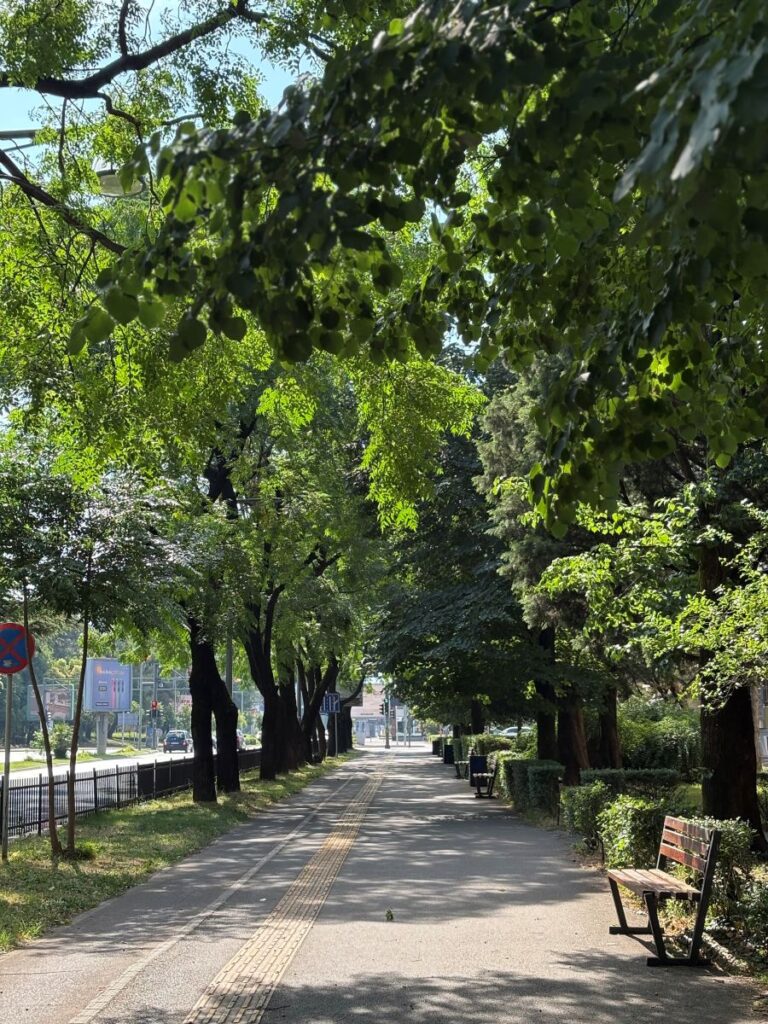
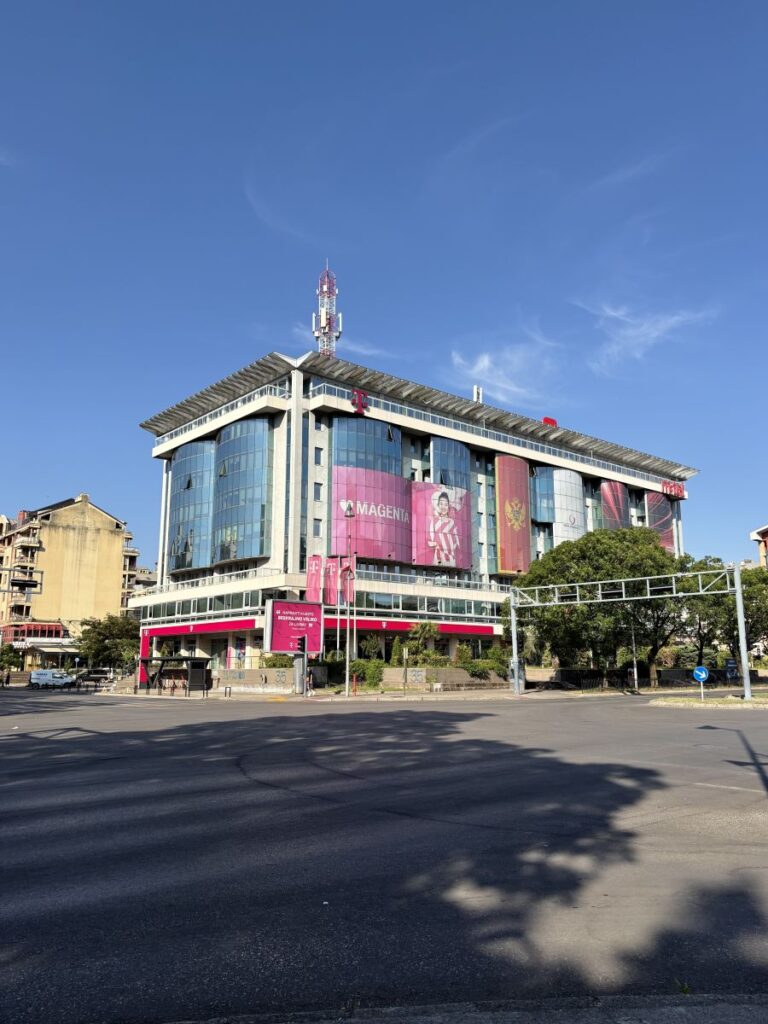
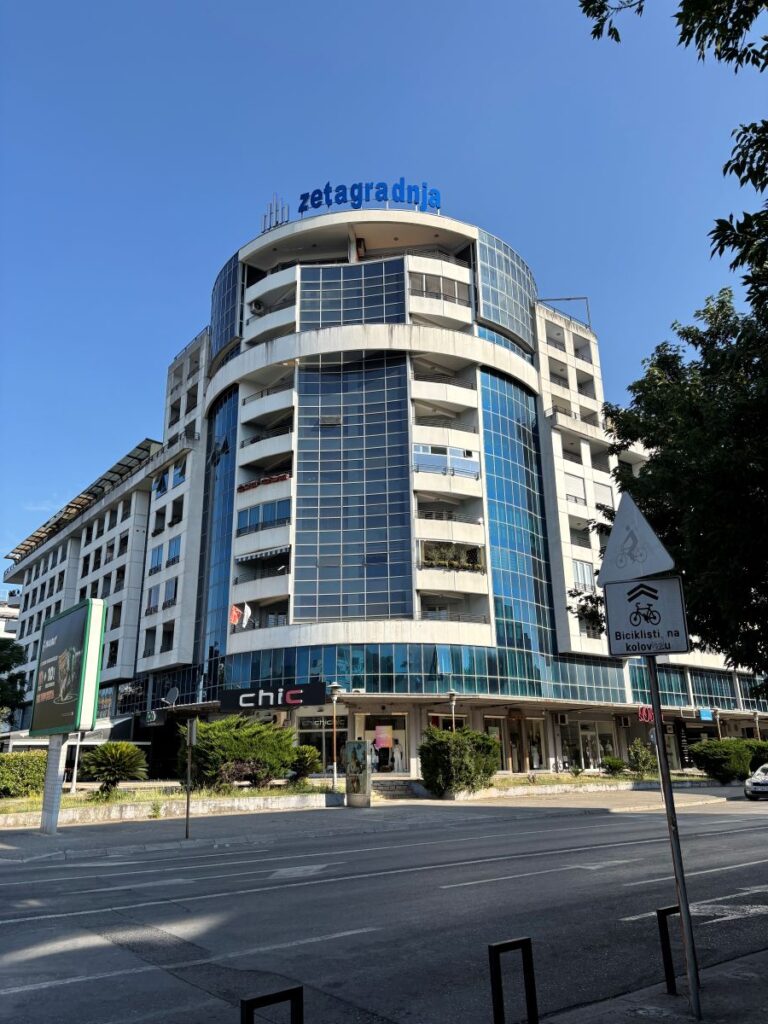
Most of these are residences with businesses filling the ground floor. There is one building in this area though that is my absolute favorite of the entire city. It’s a beautiful example of Brutalist architecture and is the former Building of the Montenegro Communist Party. I walked around on two occasions, admiring this concrete structure and thinking that I hope it is never demolished.
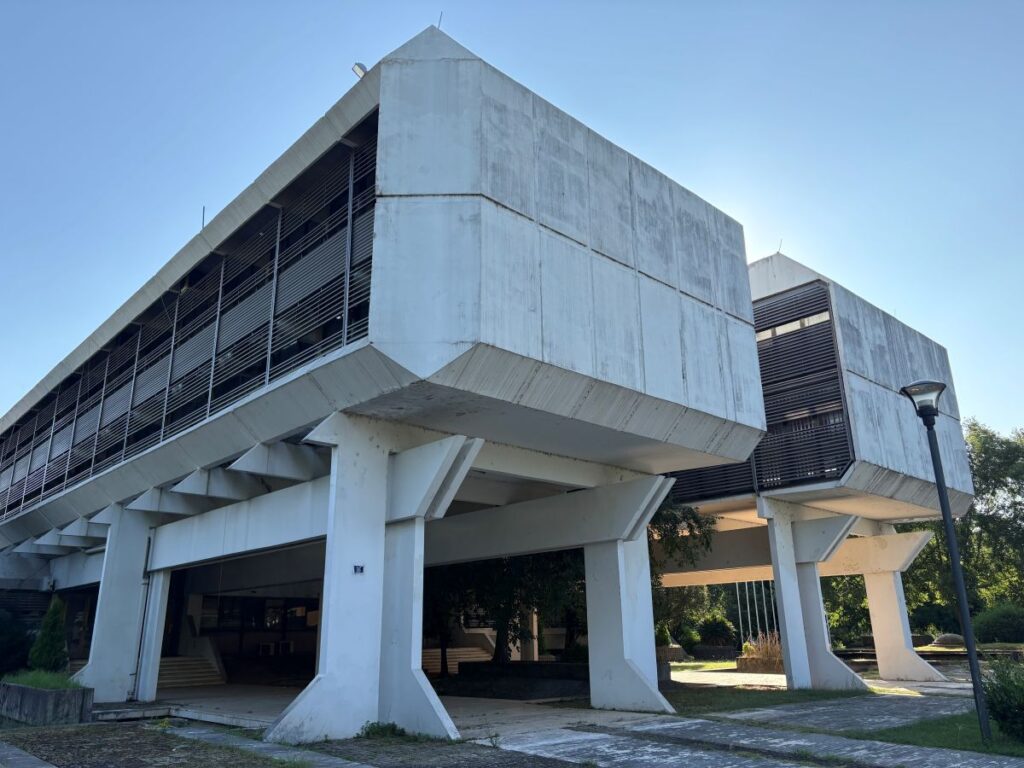
The one high-rise that is in Podgorica is located on this side of the river. It is a hotel, and beside that, tucked into the land behind, is the sports centre and community swimming pool.
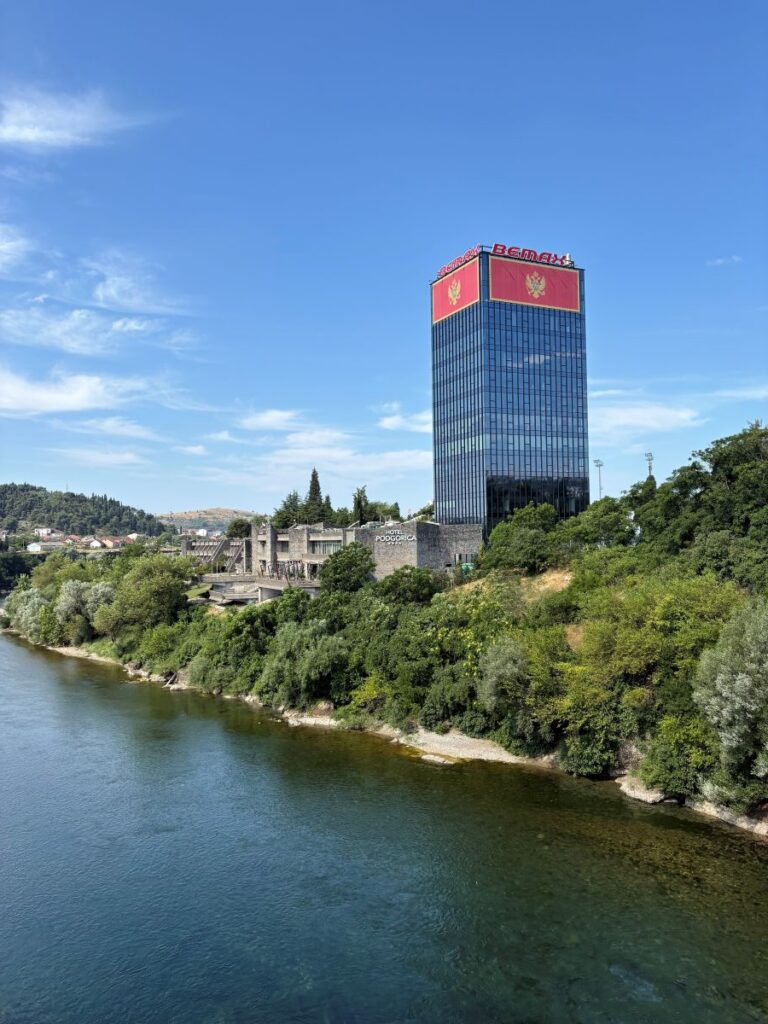
New Development
It seems that more new development is happening on this side of the river too. On my way to investigate ‘Big Fashion’ the large new mall, I passed the Plaza Hotel, and a metal and glass building called the Capital Plaza.
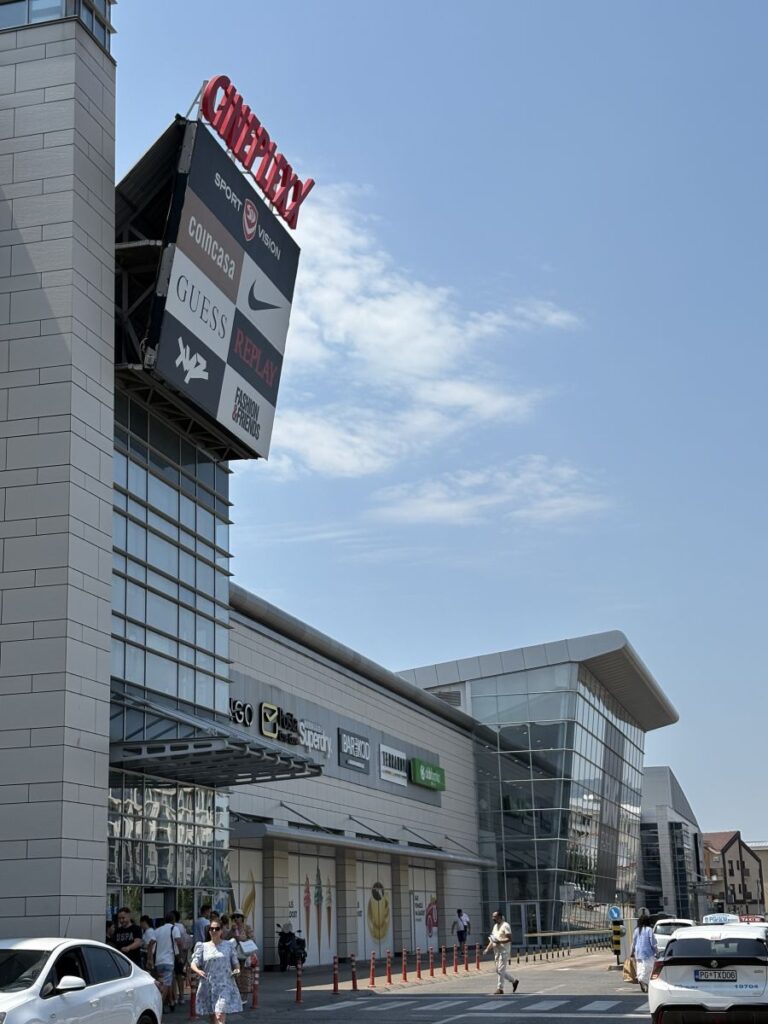
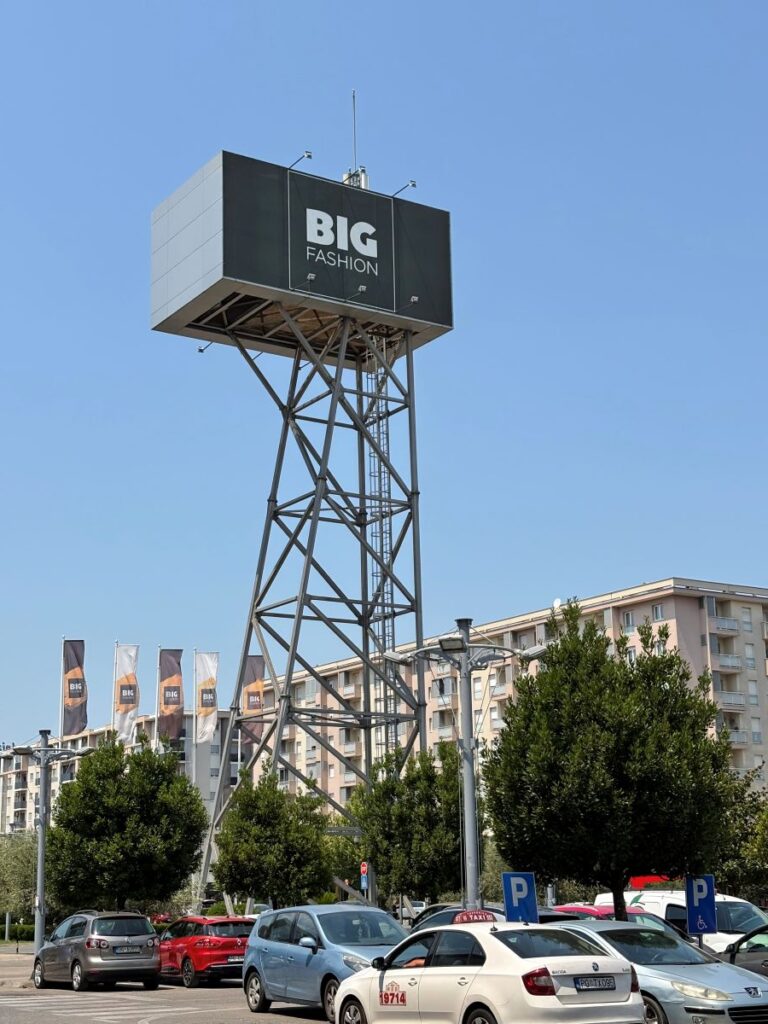
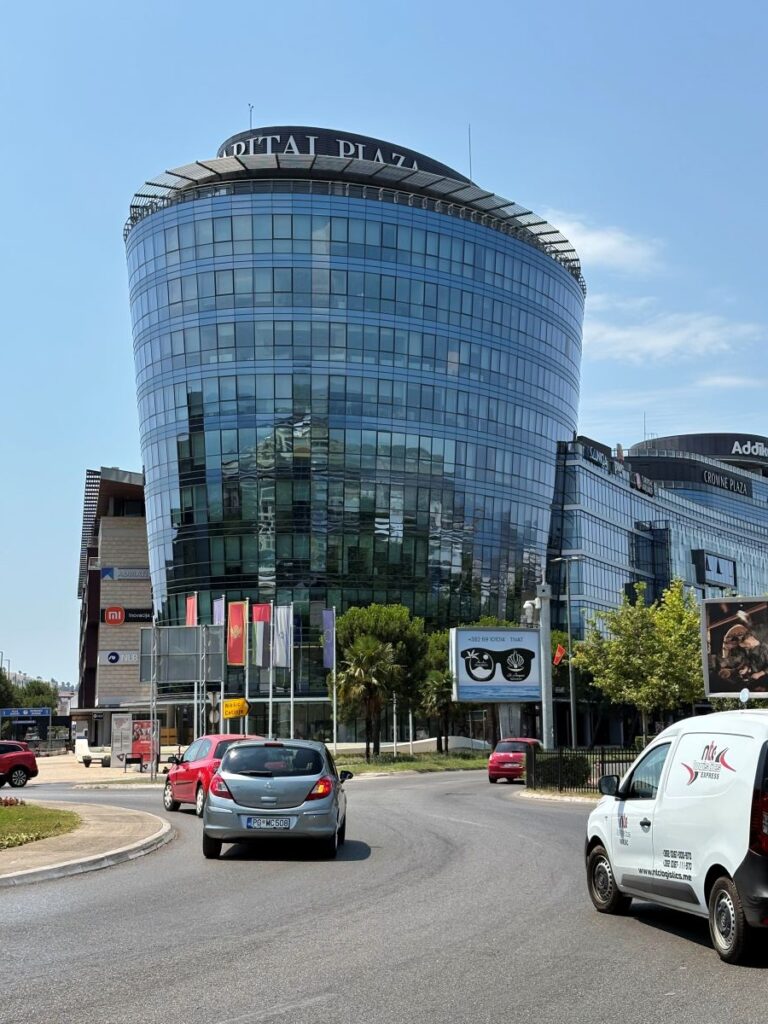
Walking past Millennium Bridge, a newer landmark of the city, find the Orthodox cathedral. It took 20 years to complete and opened its doors in 2013. It seems to sit in the middle of a large parking lot, an un-manicured space.
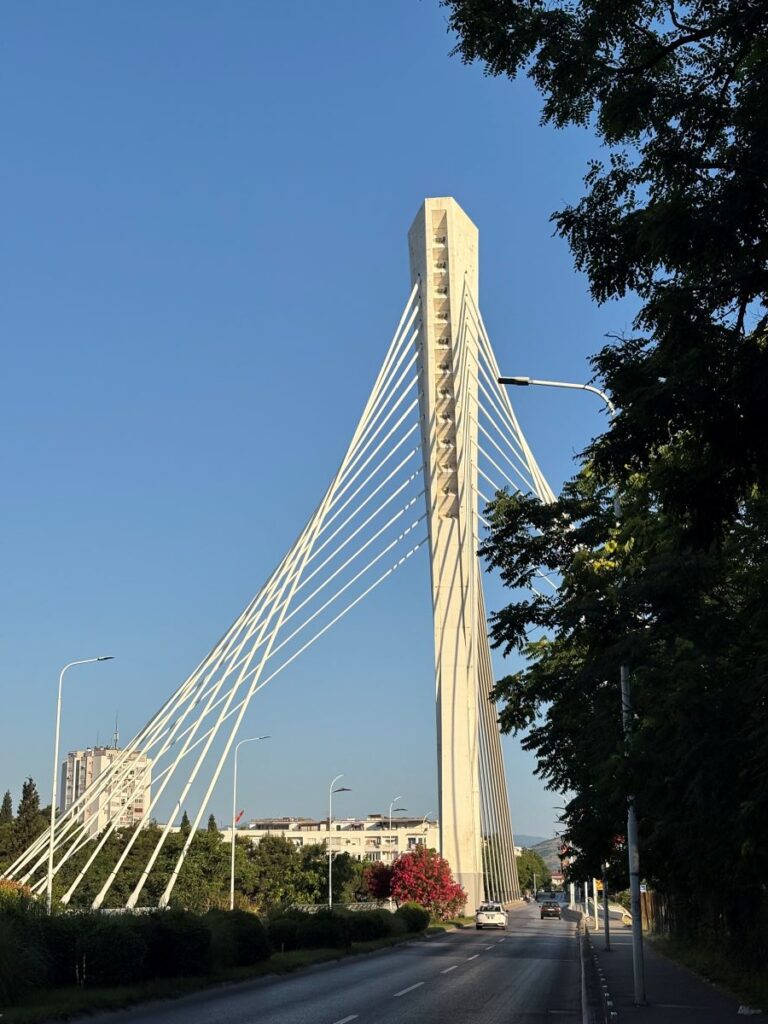
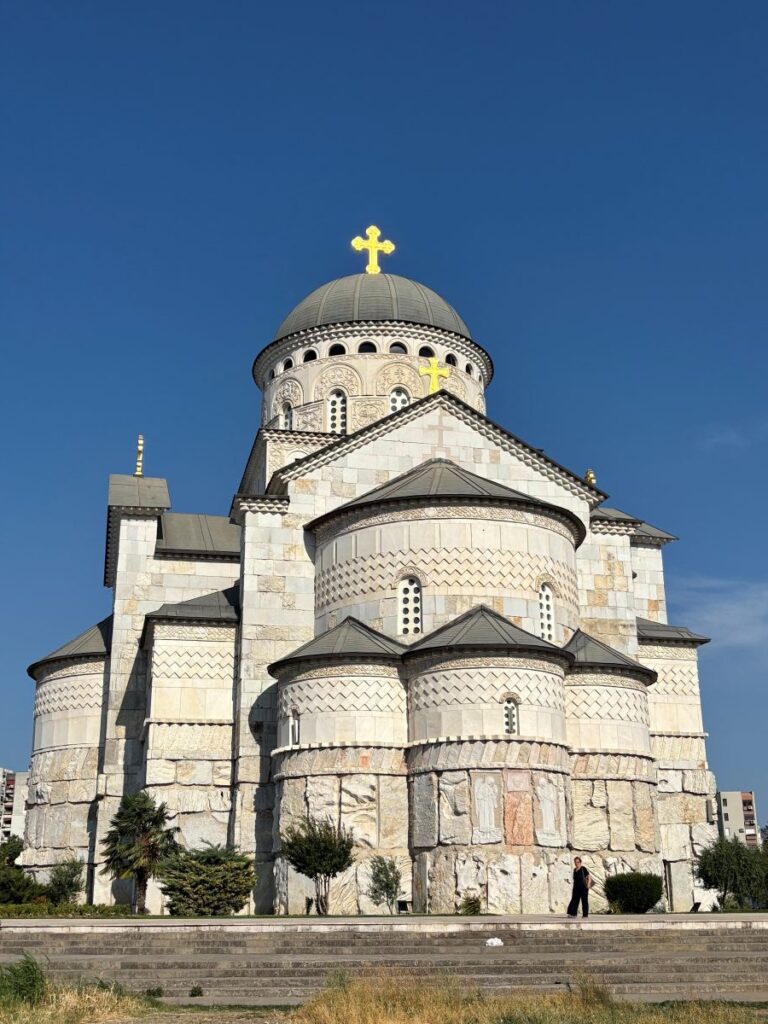
I could go on and on, showing photographs of exactly what I have seen and describing this city. With only 30,000 visitors each year, I think it is apparent why there are so few tourists. Podgorica is not geared for tourism. There is not a whole lot here that will draw interest, especially if one begins to compare it to other capitals. What do you think? After seeing these photographs, is it what you expected? Are you surprised? Do you think it looks boring? Hmmmm.
